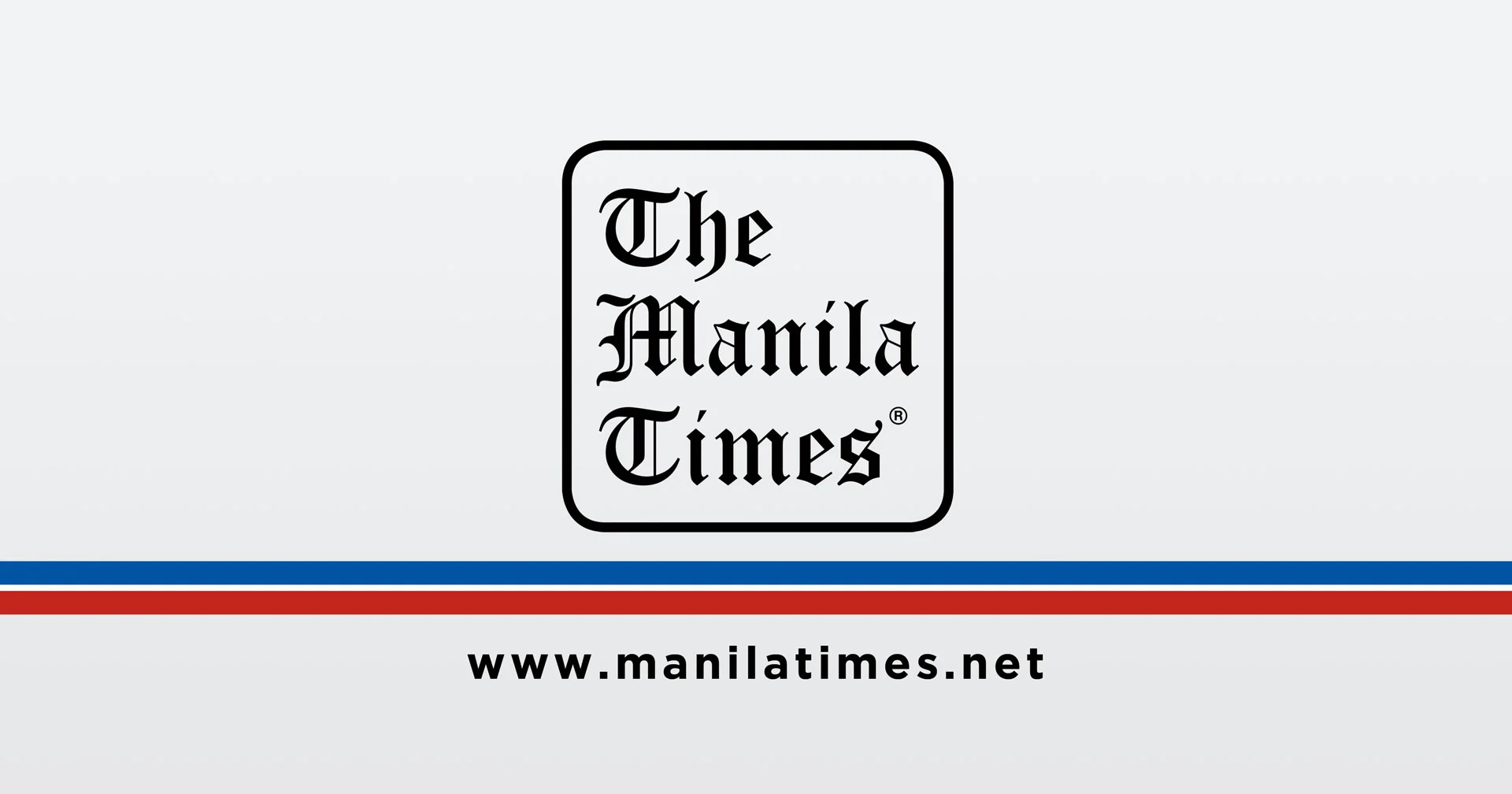Combatting Call Spoofing: Truecaller Introduces Secure Calls for Verified Businesses

In a significant move to combat the rising menace of call spoofing, Truecaller has unveiled its latest feature, Secure Calls, designed to enhance the security and authenticity of business communications. This innovative addition to the Truecaller for Business platform marks a pivotal step forward in the fight against fraudulent calls, ensuring that every call made by a business is verified and secure.
Secure Calls operates by performing a secure backend handshake between the business and Truecaller's system, verifying the caller's authenticity before the call reaches the recipient. This process effectively eliminates the risk of impersonation, a common tactic used by scammers to deceive individuals. Upon successful verification, the call is labeled as a 'Secure Call' within the Truecaller app, providing users with immediate visual confirmation of its legitimacy.
The introduction of Secure Calls is a testament to Truecaller's ongoing commitment to fostering trust in digital communications. Fredrik Kjell, Chief Operating Officer at Truecaller, emphasized the feature's role in protecting consumers and empowering businesses to communicate with confidence. By building on the foundation of the Verified Business platform, Secure Calls offers an additional layer of security, ensuring that every call is not just from a verified business, but also verified in real-time.
Already, leading businesses like NoBroker have adopted Secure Calls, showcasing its potential to significantly reduce call fraud. With its global rollout, Truecaller for Business subscribers worldwide can now leverage this feature to safeguard their communications, reinforcing the platform's position as a leader in identity verification and fraud prevention.


